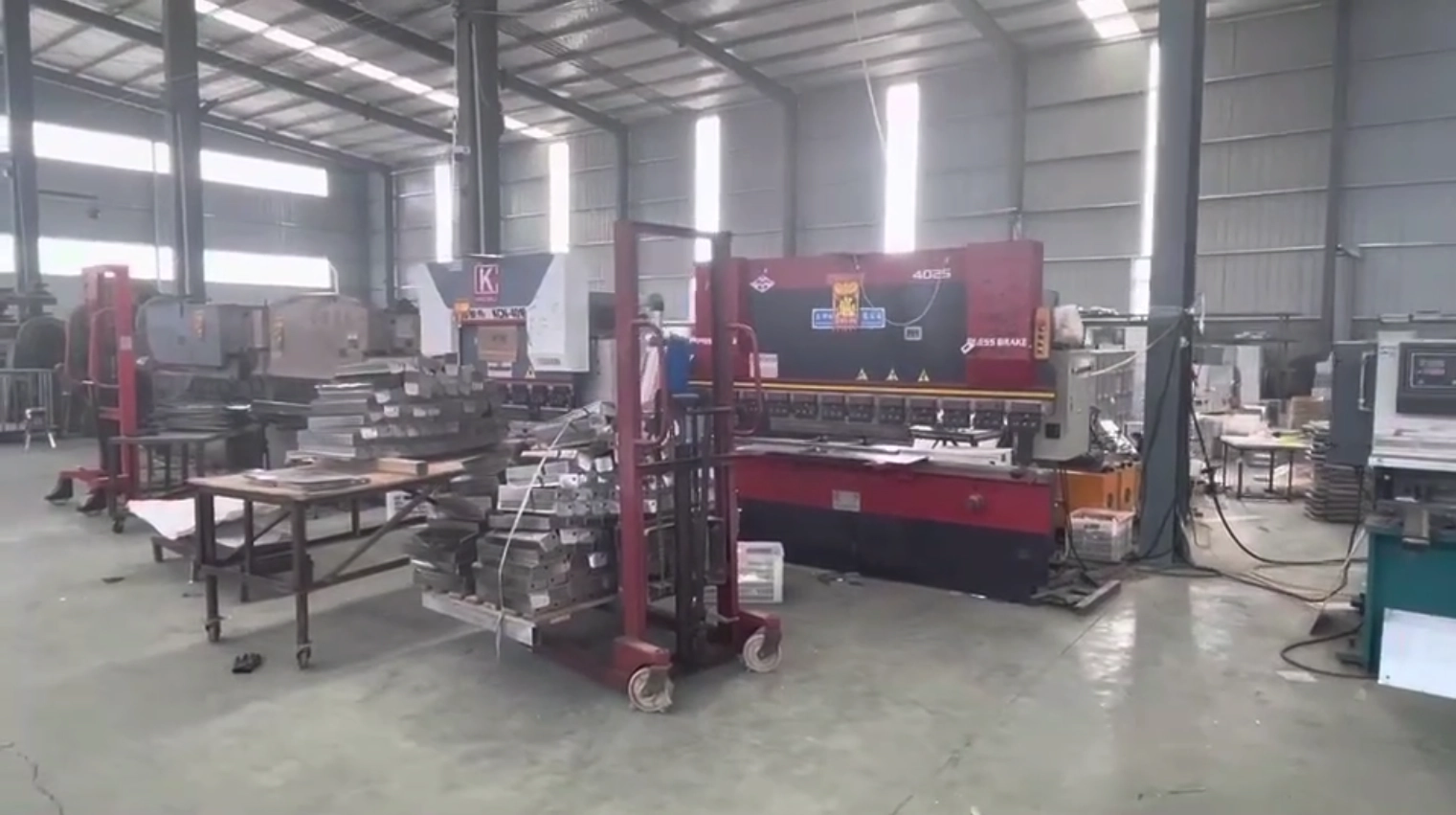◉ NEWS
HIGH-QUALITY, EFFICIENT, AND ATTENTIVE SERVICE TO USERS
07
2024
-
05
What are the characteristics of refractory castables?
In order to adapt to the high temperature operation requirements, refractory castables should have the function of not softening or melting at a sufficiently high temperature.
1. High refractoriness
In order to adapt to the high temperature operation requirements, refractory castables should have the function of not softening or melting at a sufficiently high temperature.
2. Good load softening temperature
Refractory castables can withstand the load of the kiln and the pressure in the operation process, and at high temperatures without loss of structural intensity, softening shape and collapse.

3. Volume stability at high temperature
When refractory castables are used under high temperature, the volume will change because of the physical and chemical effects inside the castables. Requirements for refractory castables in high temperature volume stability, does not occur due to excessive expansion or shrinkage of the kiln masonry because of the expansion of the products and leakage, or because of the shrinkage of too large cracks, decline in the age of the masonry used in the furnace.
4. Good thermal shock stability refractory castables
By the operation of the kiln premise is very very big, when the temperature changes rapidly or parts of the masonry body moisture is not average, masonry body inside the stress will occur and make the refractory castables split, peeling, resulting in furnace body damage. Therefore, the refractory castables are required to have certain thermal shock stability.
5. Good corrosion resistance
Refractory castables in the adoption process, often subject to liquid solution, furnace dust, gaseous media or solid objects of the chemical effect, so that the products are corrosion damage. Therefore, the refractory castables must have a strong resistance to this corrosion damage. In addition, the refractory castables are required to have a certain degree of abrasion resistance, in some special premise has a certain degree of permeability, thermal conductivity, electrical conductivity and hardness, etc., and at the same time require the shape and proportion of the standard.
What are the characteristics of refractory castables?
2024-05-07
1. High refractoriness
In order to adapt to the high temperature operation requirements, refractory castables should have the function of not softening or melting at a sufficiently high temperature.
2. Good load softening temperature
Refractory castables can withstand the load of the kiln and the pressure in the operation process, and at high temperatures without loss of structural intensity, softening shape and collapse.

3. Volume stability at high temperature
When refractory castables are used under high temperature, the volume will change because of the physical and chemical effects inside the castables. Requirements for refractory castables in high temperature volume stability, does not occur due to excessive expansion or shrinkage of the kiln masonry because of the expansion of the products and leakage, or because of the shrinkage of too large cracks, decline in the age of the masonry used in the furnace.
4. Good thermal shock stability refractory castables
By the operation of the kiln premise is very very big, when the temperature changes rapidly or parts of the masonry body moisture is not average, masonry body inside the stress will occur and make the refractory castables split, peeling, resulting in furnace body damage. Therefore, the refractory castables are required to have certain thermal shock stability.
5. Good corrosion resistance
Refractory castables in the adoption process, often subject to liquid solution, furnace dust, gaseous media or solid objects of the chemical effect, so that the products are corrosion damage. Therefore, the refractory castables must have a strong resistance to this corrosion damage. In addition, the refractory castables are required to have a certain degree of abrasion resistance, in some special premise has a certain degree of permeability, thermal conductivity, electrical conductivity and hardness, etc., and at the same time require the shape and proportion of the standard.
Related News




